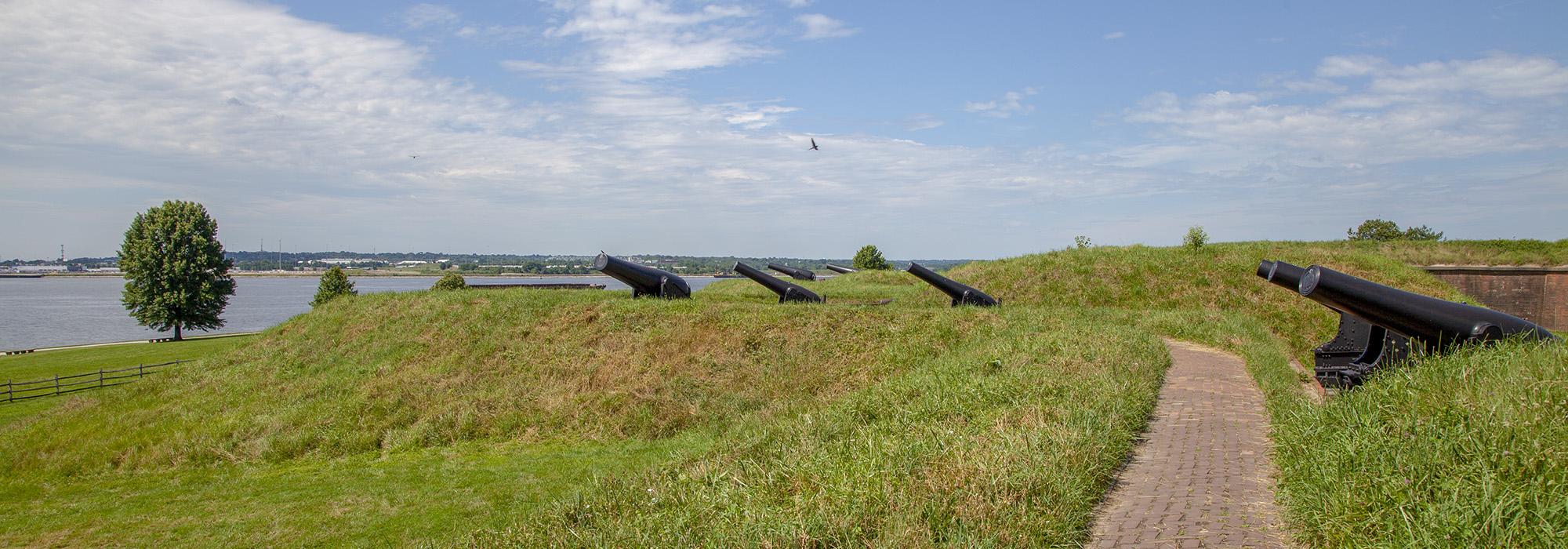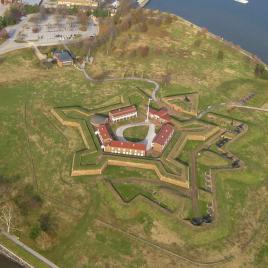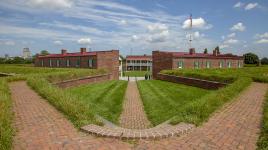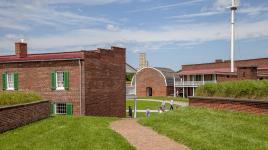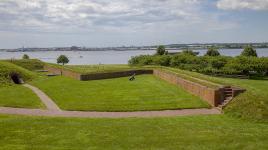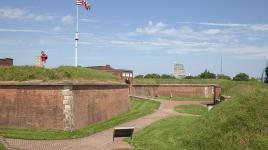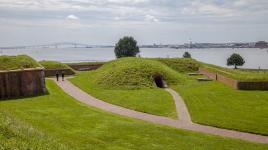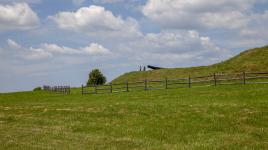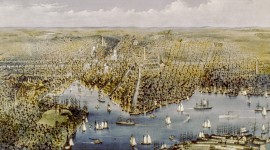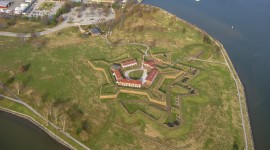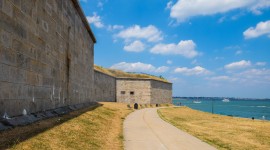Pioneer Information
Born in France, Foncin, trained to become a military engineer, graduating from the École royale du génie de Mézières and serving as part of the Corps du Génie for ten years at Cayenne, French New Guinea. There he authored a memoir, Mémoire sur Cayenne, outlining his travels through the French colonies and, by 1777, had attained the rank of captain. Foncin arrived in the United States in January of 1797 and began working on the design and construction of military fortifications. He was simultaneously involved in the planning and design for a military school to train artillerists and engineers at West Point, but his design was never built. He was further considered for the post of head mathematics instructor at West Point, but was not awarded the position.
In 1798, with the threat of war with France on the horizon, Congress increased funds for coastal defenses. In 1799 Foncin replaced another engineer (Louis de Tousard) in the development of a fort in Baltimore, Maryland. Dissatisfied with his predecessor’s plans, Foncin scrapped them in favor of a more elaborate design. The construction of the fort and additional works were finally completed in 1805, when the site was christened Fort Henry. The new fort was constructed in the form of a five-pointed star surrounded by a dry moat. Foncin went on to design Fort Independence on Castle Island in Boston Harbor, although the work was soon suspended as construction costs reached double the initial estimates. Disappointed by this turn of events and unable to obtain a permanent position with the U.S. War Department, Foncin returned to France in 1803. He returned to the United States a year later with endorsements from the Marquis de Lafayette and other influential individuals, and again sought employment. In 1808 Foncin was offered a position overseeing defense construction near New Orleans, Louisiana, but turned it down. He is rumored to have died in Senegal in 1816.



